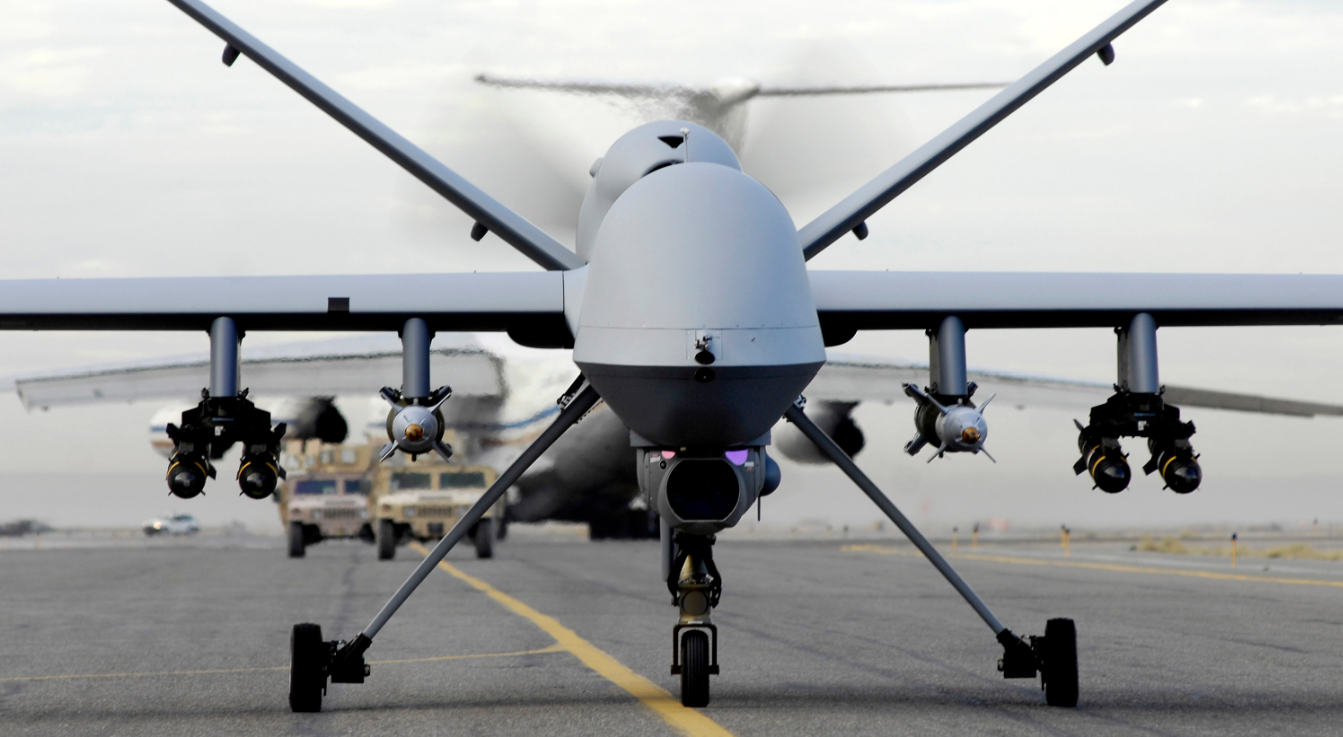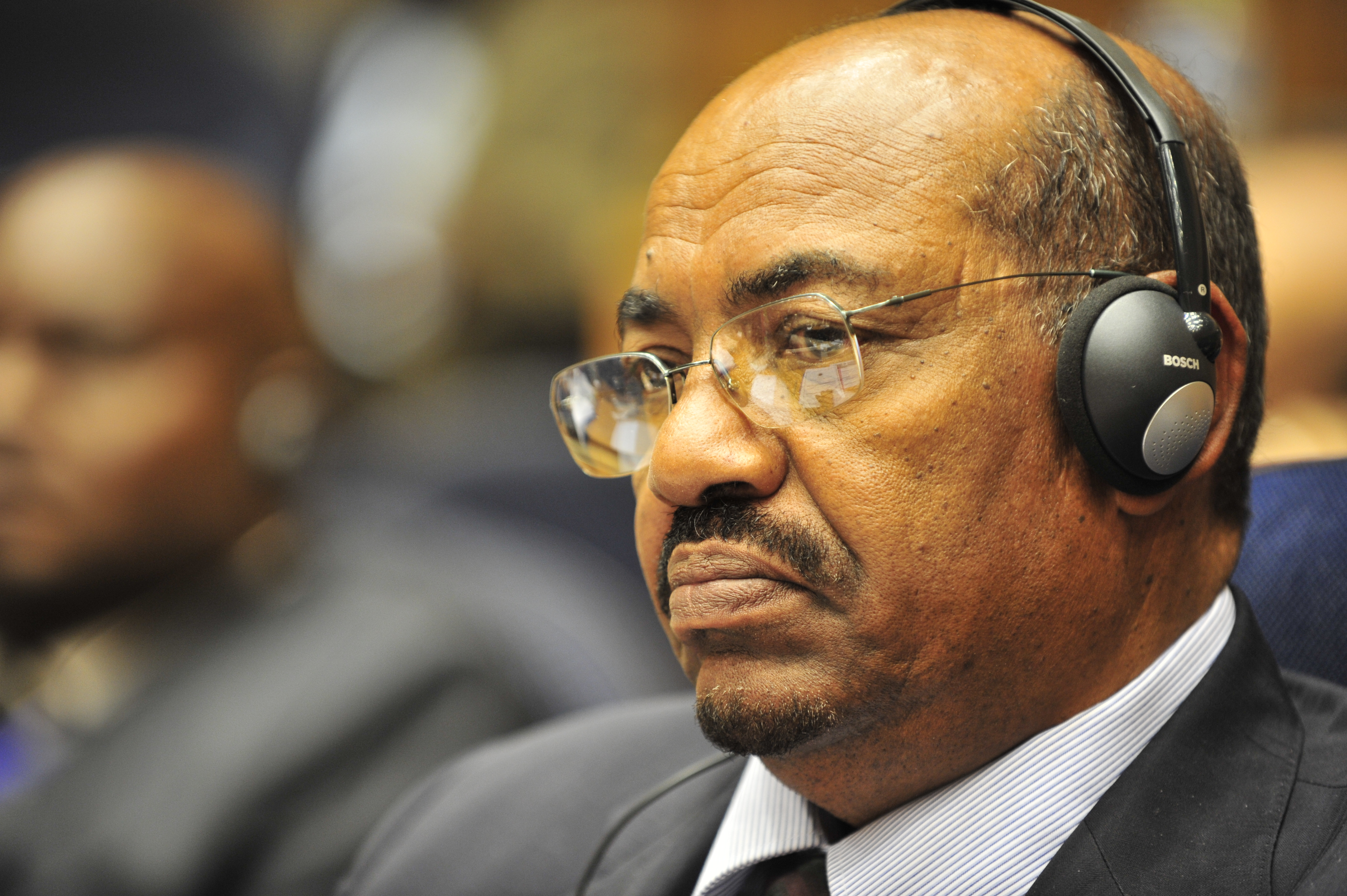In 2021, the Canadian Armed Forces (CAF) will have its own permanent and comprehensive Unmanned Aircraft System, that is, if everything goes according to plan. Unfortunately, with Canadian military procurement, things rarely go according to plan. Complex requirements, increasing costs, and bureaucratic delays continue to push back the anticipated arrival date, from 2010, to 2012, to 2017, and now, it is hoped, 2021.
The Ongoing History of Unmanned Aerial Vehicles

Under the Joint Unmanned Surveillance Target Acquisition System program, or JUSTAS, the CAF plans to acquire a system to field Unmanned Aerial Vehicles, or UAVs. The goal of JUSTAS is to provide ‘Intelligence, Surveillance, Reconnaissance (ISR), Target Acquisition, and all-weather precision strike capabilities in support of CAF operations worldwide’. UAVs, tethered by a radio control link, are capable of operating without an internal pilot, with pre-programmed flight plans and payload operations.
UAVs, commonly known as drones, are rapidly becoming ubiquitous in both the private and public sector. From package delivery, news coverage, agricultural monitoring, emergency response, and as a simple recreational hobby, drones are playing an increasingly larger role in daily life.
For the CAF, UAVs have many possible applications. UAVs will enable sophisticated activity-monitoring in remotely vast or dangerous areas, such as the Canadian Arctic. They are also projected to improve intelligence gathering, search and rescue missions, and emergency management. Although one of the most promising, and controversial uses for drones is their application in modern warfare and conflict resolution.
The CAF has a successful history of drone use. Canada’s military use of Unmanned Aerial Vehicles dates back to the 1960s. In 1963 Canada and Britain jointly developed the CL-89 Midge. The missile, with recording capabilities, had a pre-programmed flight plan. It was launched and then recovered at a pre-determined location. With no human input in between, it was a drone in the truest sense of the word.
During operations in Afghanistan, the CAF leased a variety of UAVs for surveillance purposes. The vehicles provided near-continuous situational monitoring. As training and technology advanced during this period, UAVs were deployed with few operational limitations or flight safety incidents.
Currently, the Royal Canadian Navy is operating the Scan Eagle Unmanned Aerial Vehicle. As part of Operation Artemis, a multinational task force dedicated to counter-terrorist surveillance, the Scan Eagle system flew a total of 1268 hours from January 2013 and February 2014.
Under JUSTAS, the CAF hopes to expand the use of UAVs to other military branches and complement ongoing operations. JUSTAS is still in Phase I, which is also referred to as the options analysis phase. A multitude of platforms already exist, but JUSTAS planners have yet to commit. UAVs provide capabilities that would undoubtedly improve CAF capabilities. However, considering some of the unresolved issues surrounding military UAVs, a lengthy planning process may be necessary.
Military Drones: An inevitable future with an uncertain path

The CAF has used multiple official terms to describe UAVs, including; drones, uninhabited air vehicles, unmanned air vehicles, unmanned aircraft, unmanned aircraft systems and remotely piloted vehicles. Even though the term is commonly used in an official capacity, the military vehicles are not truly ‘drones’, as they still require human oversight. Under JUSTAS, Canada intends to adhere to the standard practice of keeping human operators ‘in the loop’. In the class of UAVs the CAF hopes to acquire, trained personnel have complete control over the vehicle at all times. However, as former RCAF pilot and military strategic advisor, Fraser Holman explains, this is only notwithstanding ‘great technological advances’.
This is a common theme in international military drone laws. The United States guidelines on military drones mandate that humans must have the final say over the UAVs, but this provision expires in 2022. Many experts say that the potential for completely autonomous weapons and surveillance systems is already feasible. The exponential growth of drone use and technology means that drones will become indispensable to military operations. As modern militaries are embracing the doctrine of ‘network-centric warfare’, where real-time, shared knowledge of a military situation is the basis for operations, the current and future capabilities afforded by UAVs are essential.
Unmanned Aerial Systems, whether autonomous, or human controlled, are revolutionizing warfare. With optimal use, they may minimize the confusion and unnecessary violence in conflict. At their worst, drones represent experimental lethal technology. Regularly, the news is filled with reports of drone strikes, as well as the evolving debate on the ethical, legal, and practical use of drones. According to Canadian military advisor Brigadier General Derek Joyce, policy on drone use is not yet fully ‘mature’. As policy and technology continues to develop, there are many considerations as the CAF expands its UAV program.
Presenting both dilemma and potential, UAVs are part of the CAF’s future. The challenge is to acquire, and use them, with the least amount of collateral damage. Considering the unresolved strategic, legal, and health-related implications of drone warfare, DND’s procurement delays may not necessarily be a bad thing.
The following sections of this piece analyze the implications of drone use, and explore a few of the challenges facing Canada’s successful acquisition and operation of a UAV fleet.




